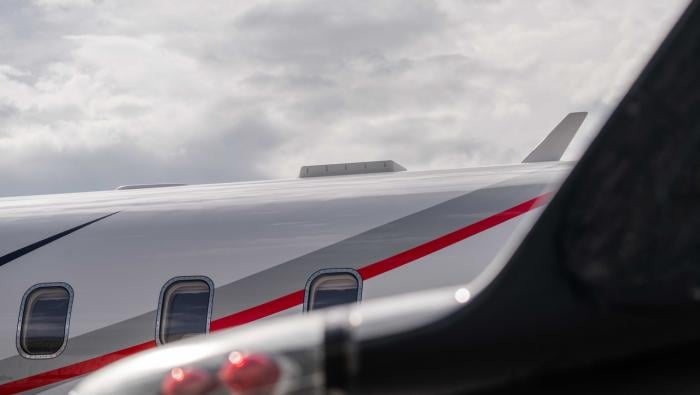Pratt & Whitney Canada (P&WC) has opened an engine overhaul facility in Belo Horizonte, Minas Gerais, Brazil, focusing on PT6A and PW200 engine families. Customers in Brazil, which has the world’s third-largest P&WC fleet (after the U.S. and Canada), will enjoy a 20 to 25 percent monetary savings and inestimable savings in time because of elimination of the transportation and tariff costs of sending engines to the U.S. Built in 18 months, the facility received ANAC certification in December. The testbed is scheduled to be ready at the end of January, and the first engines are expected to be delivered in February. The plant is located alongside the existing facilities of IAS—Indύstria de Aviação e Serviços, which will provide support and also repair components and accessories, though P&WC will handle all customer-facing roles. Pratt & Whitney Canada (Booth 2910) has invested $23.8 million in the new facility, and AIS has made other investments.
The new facility joins a large and growing aviation base in the vicinity of the Confins International Airport in Belo Horizonte, including maintenance centers for airlines Azul and Gol. (Gol has just started offering maintenance services to other carriers, including from outside Brazil.) Charter operator Lider is also headquartered in BH. The center will initially employ 50 workers directly, mostly technicians and engineers. P&WC had little difficulty finding these staffers in the region, which has schools that train aviation workers.
P&WC’s previous flagship facility in Sorocaba, São Paulo, will continue as a satellite operation, handling the full range of the company's engines, “as far as they go,” with heavier maintenance outside the PT6 and PW200 families continuing to be performed overseas. Turbofans, for example, will still be handled in Sorocaba up to C checks. General manager Renato Rafael, who will be moving with his family from Sorocaba to Belo Horizonte, noted that 70 percent of the P&WC-powered fleet is in the Rio-São Paulo-Minas triangle and that the choice of Minas avoided “the costs of the Rio-São Paulo axis." He added that proximity to the international airport is convenient for parts importation and for customers from elsewhere on the continent and that there are fiscal incentives from the state government, “on which we have an NDA.” The Sorocaba parts stock will come to Belo Horizonte, and while a bonded warehouse is under study, it may not be possible or needed, given agreements in place with the Minas government.
Sébastien Turcotte, general manager for South American operations, said that another reason for the move is “to work with a partner we trust. We need local support, and IAS is the best partner. Repair and overhaul is a complex process. Component repair is a different game, another world. We’ll be up and ready faster to support our clients.” Turcotte also emphasized the importance of the new overhaul center by noting that about half the income of P&WC's parent firm UTC is from aftermarket service rather than new-product sales. From 2007 to 2017, the Pratt & Whitney Canada engine fleet in Brazil has grown by 80 percent. Of the country’s total number of P&WC engines in service, the PT6A family makes up about 60 percent, and the PW200 family, 11 percent. P&WC sees growth in all areas except regional aviation, including helicopters (especially for offshore), agricultural, business aviation, and defense. “The Brazilian Air Force has more [P&WC] engines in operation than the Canadian [aor fprce],” Turcotte said.
“The agricultural belt is constantly growing and agribusiness has sustained the Brazilian economy,” Rafael said, and P&WC projects that Brazil will soon surpass the U.S. and become the world’s largest agricultural aviation market.







